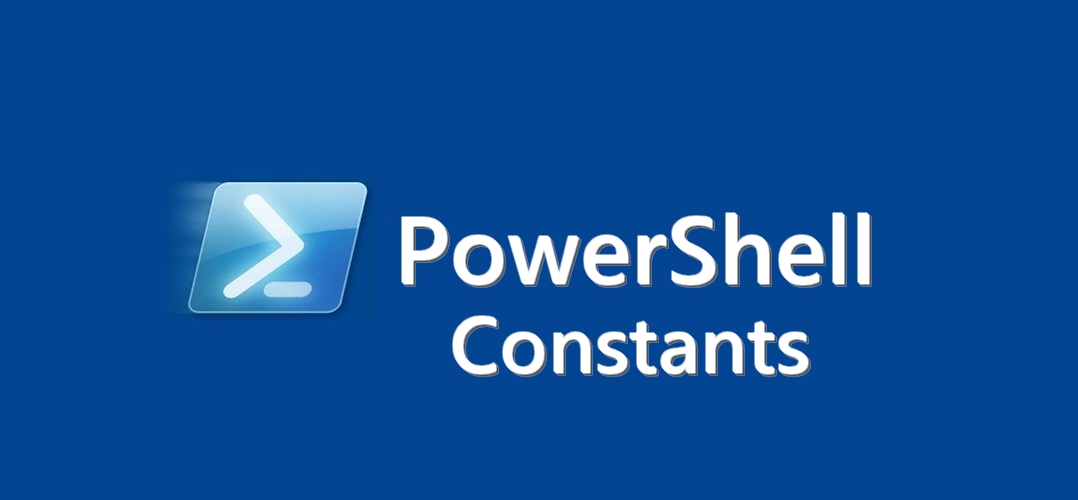
A Comprehensive Guide to PowerShell Constants
Within the framework of PowerShell scripting, constants play an indispensable role, providing a robust mechanism to manage immutable values. Grasping the use and implementation of constants and read-only variables is crucial for individuals aiming to script effectively, manage configurations securely, and maintain a seamless and error-free execution environment in PowerShell.
This article seeks to provide a thorough understanding of constants in PowerShell, elucidating their definition, creation, and best practices for utilization.
Fundamentals of Constants in PowerShell
PowerShell provides support for constants and read-only variables, establishing them as immutable entities that remain unaltered once defined. Constants are initiated through the New-Variable command accompanied by the -Option Constant parameter. For example:
New-Variable -Name myConst -Value “This CANNOT be changed” -Option Constant $myConst
Efforts to modify the value of constants, even utilizing the -Force parameter, will result in errors, emphasizing their immutable nature. This unalterability of constants assures the preservation of integral values throughout script execution, preventing inadvertent alterations.
Significance and Implementation of Read-Only Variables
Understanding the importance of implementing read-only variables and constants is paramount for scripting proficiency. Constants protect crucial configuration settings and key values from accidental modifications, ensuring:
- Integrity and reliability of scripts.
- Prevention of unintended alterations to critical values.
- Secured configurations and enhanced script stability.
Implementing constants effectively involves the prudent use of the New-Variable command with the appropriate parameters, ensuring that values assigned are shielded from inadvertent modifications, fostering script reliability and consistency.
Best Practices for Utilizing Constants in PowerShell
To optimize script functionality and maintainability, adhering to best practices for utilizing constants is essential:
- Employ constants for values that should remain unchanged throughout script execution;
- Utilize descriptive names for constants to enhance script readability;
- Confirm the necessity of a value’s immutability before declaring it as a constant.
Following these best practices aids in the development of coherent, maintainable, and robust scripts, reducing the probability of erroneous alterations and promoting script integrity.
Advanced Insights into PowerShell Constants
Delving deeper into PowerShell constants, it’s crucial to comprehend advanced concepts and implementation strategies:
- Immutable Nature: Constants are irreversible once defined, enforcing rigid value adherence;
- Strategic Implementation: Constants should be used strategically for values requiring strict immutability, such as configuration settings and key parameters;
- Error Management: Attempting to alter constants results in errors, reinforcing their unmodifiable attribute and maintaining script stability.
Understanding these advanced aspects and integrating constants judiciously in scripts ensures enhanced protection of critical values and optimized script functionality.
Conclusion
Constants in PowerShell are pivotal components that bolster the integrity, reliability, and stability of scripts by safeguarding crucial values from inadvertent modifications. This comprehensive guide has provided extensive insights into the fundamentals, significance, implementation strategies, and best practices for utilizing constants in PowerShell.
By assimilating this knowledge and applying it adeptly, scriptwriters can augment the robustness and reliability of their scripts, ensuring the preservation of essential values and configurations. In conclusion, the proficient use of constants is a vital skill in PowerShell scripting, acting as a linchpin for developing secure, error-resistant, and high-quality scripts.